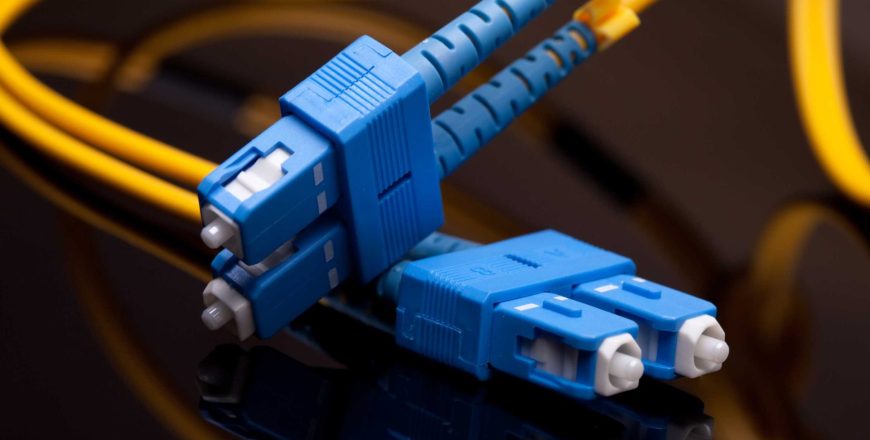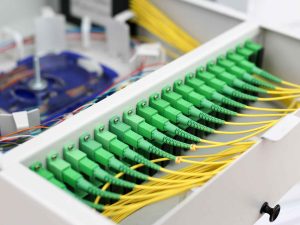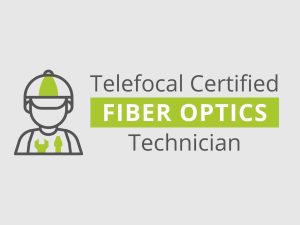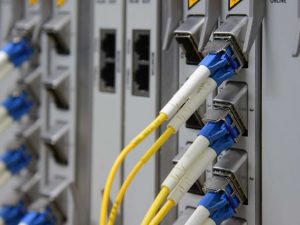Fiber to the Home (FTTH) Overview

Course Overview
This overview course explores the transformative impact of the Internet’s rapid growth on Telecom Service Providers and their quest to deliver high-speed Internet access. Initially, technologies like DSL, Cable, and Broadband over Power Line (BPL) provided quick connections, but their limitations became evident as consumer demand for high-bandwidth services surged.
To meet this demand, Next Generation Access Networks (NGAN) have been developed and are being widely implemented. This global shift is moving away from traditional DSL, Cable, and BPL technologies toward advanced FTTX and FTTH solutions.
FTTH, or Fiber to the Home, involves delivering services over optical fiber from the Central Office (CO) directly to homes and businesses, replacing older systems. It is widely recognized as the most future-proof fixed broadband option available.
This course serves as an essential introduction, paving the way for more advanced FTTX courses.
Target Audience
- Telecom Network Planners, Engineers, Technicians
- IT Network Administrators, Managers, System Integrators
- Telecom Regulators and Policy Makers
Duration & Training Format
- Classroom: 3 days
- LIVE Virtual: 21 hours
- A minimum of 8 or more participants is required for a Classroom session to commence.
- A minimum of 6 or more participants is required for a LIVE Virtual session to commence.
- LIVE Virtual courses can be conducted for 5 hours or 7 hours daily. Please note that the number of training days will be extended if you opt for 5 hours daily.
Upcoming Course Dates
There are no upcoming dates scheduled for this course. If you are keen on attending this training, please register your interest via our course enquiry form for us to open a new schedule for this course.
Course Objectives
After completing this course, participants will be able to:
- Understand traditional access technologies and their performance limitations
- Appreciate the drivers behind the deployment of NGAN
- Be familiar with the basic concepts of fiber optics transmission
- Learn the various different FTTX architectures Recognize the design considerations and key components in an FTTH GPON
- Comprehend how the Internet has changed our lives and the future concept of the ‘Internet of Everything’
Course Outline
- Copper Access Network
- Historical Overview
- Architecture and Components
- Performance and Limitations
- Transition from Copper to Fiber
- The Growth of the Internet
- Milestones in Internet Development
- Impact on Communication and Commerce
- Increasing Demand for Bandwidth
- Future Trends and Predictions
- Triple-Play Services (High Speed Internet, VoIP, IPTV)
- Overview of Triple-Play Services
- Requirements for Each Service
- Impact on Network Infrastructure
- Quality of Service (QoS) Considerations
- Traditional Fixed Broadband Solutions
- DSL (Digital Subscriber Line)
- Cable Broadband
- Broadband over Power Line (BPL)
- Mobile Broadband Solutions
- Overview of 3G, 4G, and 5G Networks
- Performance Comparisons with Fixed Broadband
- Integration with Fixed Networks
- The Need for Next Generation Access Networks (NGAN)
- Limitations of Existing Networks
- Drivers for NGAN Development
- Benefits of NGAN
- Key Technologies in NGAN
- Evolution of Fixed Access Networks
- Historical Perspective
- Key Milestones in Network Evolution
- Impact of Technological Advancements
- Future Directions
- Basic Principles of Fiber Optics Transmission
- Fundamentals of Light Transmission
- Optical Fibers and Their Types
- Key Components in Fiber Optics
- Transmission Characteristics
- Advantages of Fiber Optics Transmission
- Bandwidth Capabilities
- Signal Quality and Reliability
- Distance and Scalability
- Cost Efficiency and Sustainability
- FTTX Solutions
- Overview of FTTX Architectures
- Fiber to the Node (FTTN)
- Fiber to the Curb (FTTC)
- Fiber to the Building (FTTB)
- What is FTTH?
- Definition and Scope
- Components of FTTH Network
- Deployment Scenarios
- Market Adoption and Trends
- Design Considerations of an FTTH Network
- Network Planning and Design Principles
- Choosing the Right Architecture
- Infrastructure and Cabling
- Regulatory and Compliance Issues
- FTTH GPON Loss Budget
- Understanding Loss Budget Concepts
- Calculation Methods
- Impact of Components on Loss Budget
- Design Best Practices
- FTTH GPON
- Overview of GPON Technology
- Outside Plant (OSP) Considerations
- Key Components and Their Functions
- FTTH GPON Technologies
- Wavelength Division Multiplexing (WDM)
- Time Division Multiple Access (TDMA)
- Broadcast Technologies
- FTTH GPON Customer Installation
- Customer Premises Equipment (CPE)
- Installation Procedures
- Testing and Troubleshooting
- Ensuring Customer Satisfaction
- The Internet of Everything (IoE)
- Definition and Scope
- Impact on Network Requirements
- Role of FTTH in IoE
- Future Outlook and Innovations
Pre-requisites
A basic knowledge of telecommunications transmission principles is desirable.
Be the first to add a review.
Related Courses
Upcoming Classes
You cannot copy content of this page



